Stringent Regulatory Frameworks
The Hazmat Packaging Market is significantly influenced by stringent regulatory frameworks established by various governmental bodies. These regulations are designed to ensure the safe handling, transportation, and disposal of hazardous materials. Compliance with these regulations is not only a legal requirement but also a critical aspect of corporate responsibility. In recent years, regulatory bodies have intensified their focus on hazardous materials, leading to an increase in compliance costs for companies. This has resulted in a heightened demand for specialized packaging solutions that meet these regulatory standards. The Hazmat Packaging Market is thus experiencing growth as companies invest in compliant packaging to avoid penalties and enhance their reputations. The ongoing evolution of regulations suggests that this trend will continue, further driving the market.
Expansion of E-commerce and Logistics
The rapid expansion of e-commerce and logistics services is a key driver for the Hazmat Packaging Market. As online shopping continues to grow, the need for safe and efficient packaging solutions for hazardous materials becomes increasingly important. E-commerce platforms often deal with a variety of hazardous products, necessitating specialized packaging that complies with safety regulations. In 2025, the e-commerce market is projected to reach 5 trillion USD, indicating a substantial opportunity for the Hazmat Packaging Market. Companies are investing in innovative packaging solutions that not only ensure safety during transit but also enhance the customer experience. This trend suggests that the Hazmat Packaging Market will continue to thrive as e-commerce and logistics sectors expand.
Technological Innovations in Packaging
Technological advancements play a crucial role in shaping the Hazmat Packaging Market. Innovations in materials science and engineering have led to the development of more effective and safer packaging solutions for hazardous materials. For instance, the introduction of smart packaging technologies, which include sensors and tracking systems, enhances the safety and efficiency of hazardous material transportation. In 2024, the market for smart packaging is projected to reach 30 billion USD, indicating a growing trend towards integrating technology in packaging solutions. These innovations not only improve safety but also streamline logistics and reduce costs for companies dealing with hazardous materials. As technology continues to evolve, the Hazmat Packaging Market is likely to see further advancements that enhance packaging performance and compliance.
Growing Awareness of Environmental Impact
The increasing awareness of environmental issues is driving change within the Hazmat Packaging Market. Companies are under pressure to adopt sustainable practices, including the use of eco-friendly packaging materials. This shift is partly driven by consumer demand for environmentally responsible products and the need to comply with environmental regulations. In 2025, the market for sustainable packaging is expected to grow by 20%, reflecting a significant trend towards sustainability in packaging solutions. The Hazmat Packaging Market is adapting to this demand by developing packaging that minimizes environmental impact while ensuring safety and compliance. This focus on sustainability not only helps companies meet regulatory requirements but also enhances their brand image and appeal to environmentally conscious consumers.
Increasing Demand for Hazardous Materials
The rising demand for hazardous materials across various industries, including chemicals, pharmaceuticals, and energy, is a primary driver for the Hazmat Packaging Market. As industries expand, the need for safe and compliant packaging solutions becomes paramount. In 2023, the hazardous materials market was valued at approximately 1 trillion USD, indicating a robust growth trajectory. This surge necessitates advanced packaging solutions that ensure safety during transportation and storage. The Hazmat Packaging Market is thus positioned to benefit from this increasing demand, as companies seek to mitigate risks associated with hazardous materials. Furthermore, the emphasis on safety and compliance with regulations drives innovation in packaging designs, materials, and technologies, further propelling market growth.


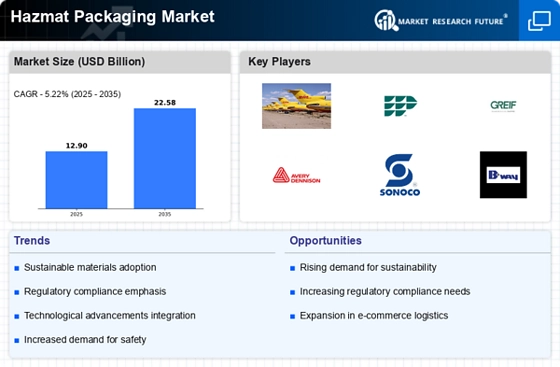
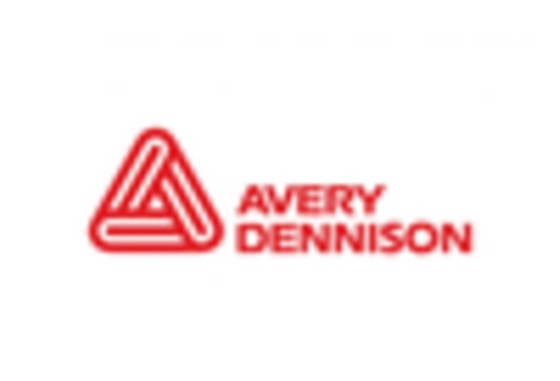
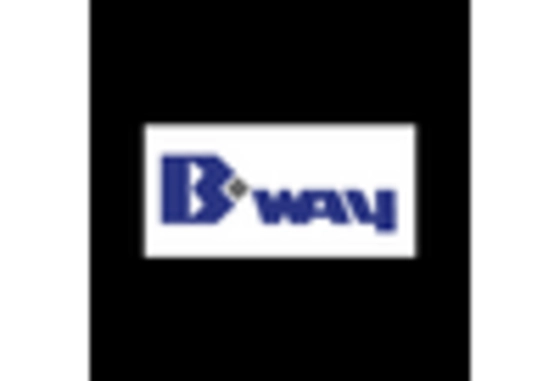
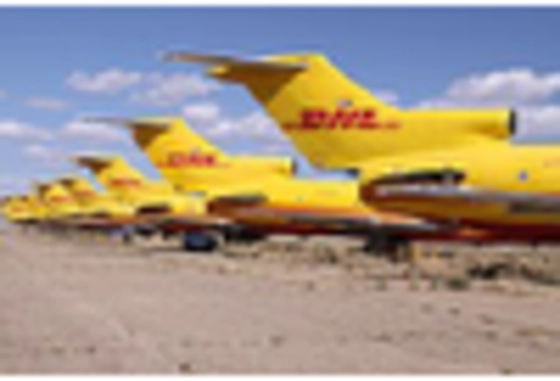
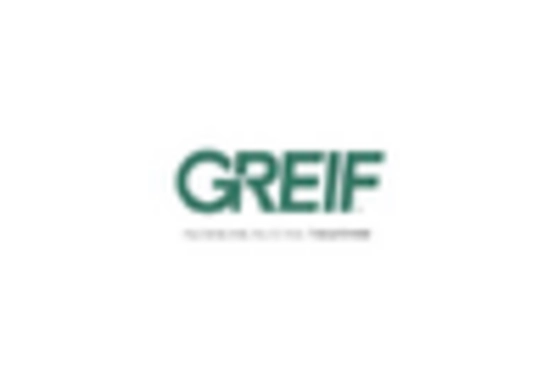
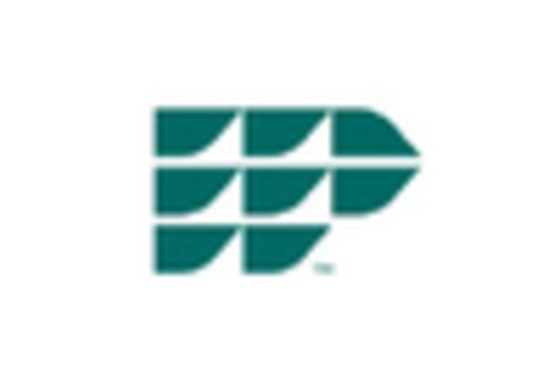
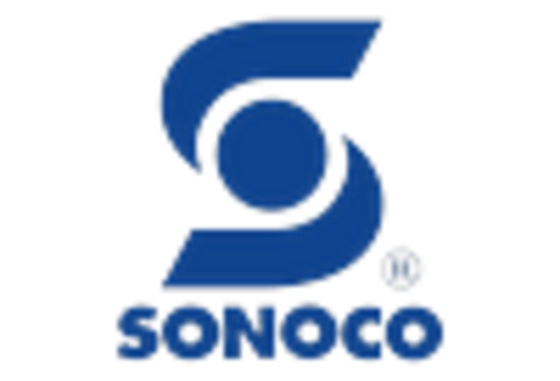








Leave a Comment